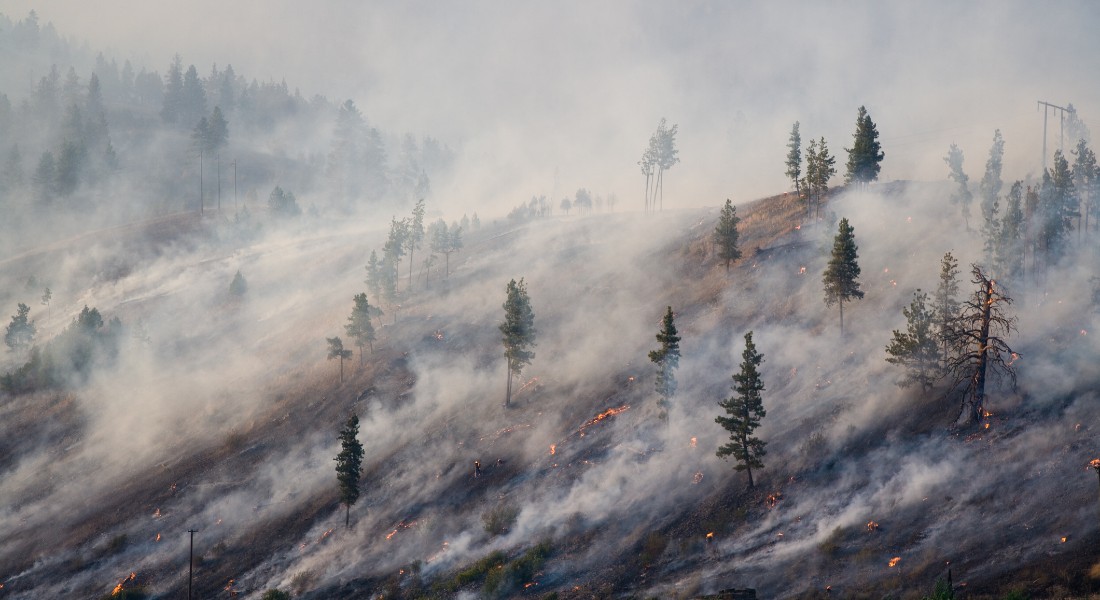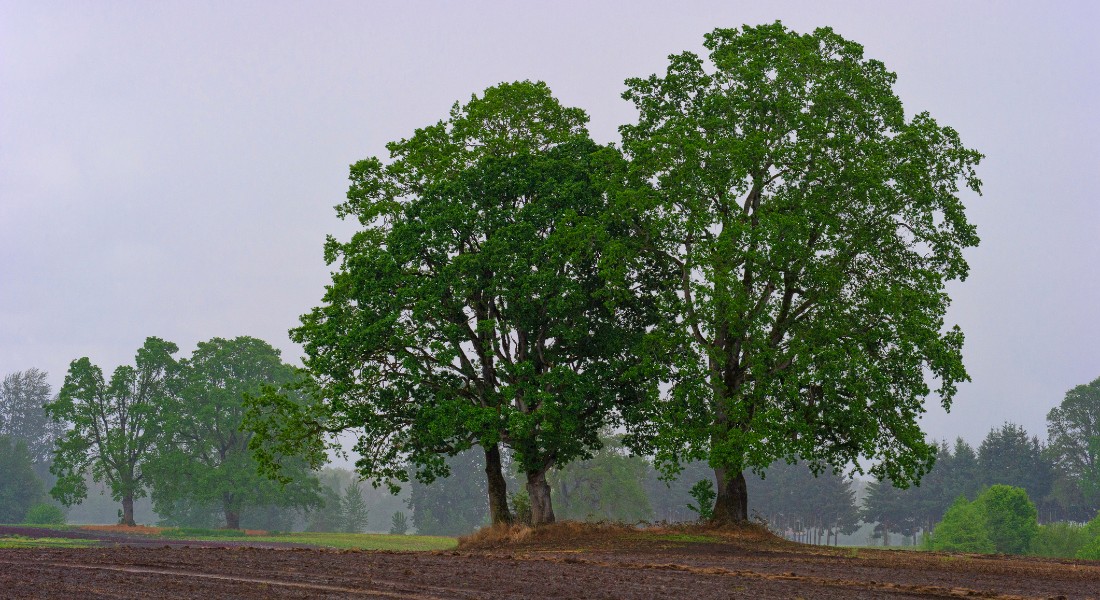
Researchers examine which trees are movable when climate change evicts them from their original habitats
University of Copenhagen researchers have studied more than 100 oak trees from a variety of countries and their ability to adapt to the Danish climate. Their results reveal that oak species from North America, Korea and Japan are better suited for survival in Denmark than oaks from Southern Europe. The knowledge is needed to predict which trees will be able to survive in Denmark, and the rest of the world, as anthropogenic climate change intensifies.

Climate change will impact the future living conditions of trees. Some will adapt, others won’t.
As a result, researchers have begun to explore the possibility of moving trees from one country to another. By doing so, they hope to be able to avoid a mass extinction of trees around the world that would have negative consequences for both biodiversity and climate.
A recently published study in the journal Forestry by Danish researchers uses historical data to map which foreign tree species have successfully adapted to life in Denmark despite the new climatic conditions.
“Our results demonstrate that it is usually tough for trees to survive in new habitats under altered climatic conditions. Temperature and precipitation are particularly important for the long term growth and survival of trees. That being said, certain species do better than others,” explains Anders Ræbild, an associate professor at the University of Copenhagen’s Department of Geosciences and Natural Resource Management.
Along with two department colleagues, Ræbild analyzed a large dataset of several hundred trees from 62 areas across Europe, Asia, the United States and South America that have grown in the university’s arboretum in Hørsholm, Denmark. Of these, the scientists concluded that 27 North American, Asian and European oaks were particularly resilient to their new climatic conditions.

Danish climate suits North American and Asian trees
By analyzing oaks that have survived for at least 30 years in the Hørsholm Arboretum, as well as those that disappeared, the researchers were able to understand which species performed best in Denmark. This information was compared with the climates in the trees’ respective countries of origin.
“This allowed us to see which geographic backgrounds were best suited for life as an oak in Hørsholm. Oaks from North America, Korea and Japan are good at surviving in Denmark, whereas oaks from Southern Europe do poorly,” according to Anders Ræbild, who adds:
“This is linked to the fact that the Southern European climate is drier and warmer than here, whereas climates in some parts of North America, Korea and Japan more closely resemble our colder winters and wet summers.”
The survival of trees in Southern Europe is of particular concern to scientists around the world as meteorologists predict that the region’s climate will come to resemble that of a desert within the next century.
“That’s why it is so important for us to begin looking at which trees can survive in various countries. This doesn’t just apply to Denmark, it applies to the entire planet,” Ræbild points out.
Survival of the fittest
Throughout history, trees have “wandered” and been dispersed to different areas by birds and winds carrying their seed. They have been able to slowly adapt to new environments that weren’t identical to their place of origin – along the lines of Darwin’s “survival of the fittest” theory.
Thus, it may come as a surprise that the researchers are concerned about the survival of trees. But according Ræbild, there is an explanation:
“Generally, trees are good at adapting to new conditions, as they have proven to be throughout Earth’s history. But due to the rapid pace of climate change, trees can’t keep up. As such, it’s important to know their climatic breaking point and to begin responding in time,” he concludes.
Related News
Contact
Anders Ræbild
Associate Professor
Department of Geosciences and Natural Resource Mangament
University of Copenhagen
+45 21 68 88 59
are@ign.ku.dk
Ida Eriksen
Journalist
The Faculty of Science
University of Copenhagen
+45 93 51 60 02
ier@science.ku.dk
Why the researchers examined oak trees
- The researchers decided to focus on oak trees because of their longevity and exceptional ability to preserve biodiversity. Oaks also house a myriad of lichen, fungi and insect species and are a key species in numerous ecosystems.


